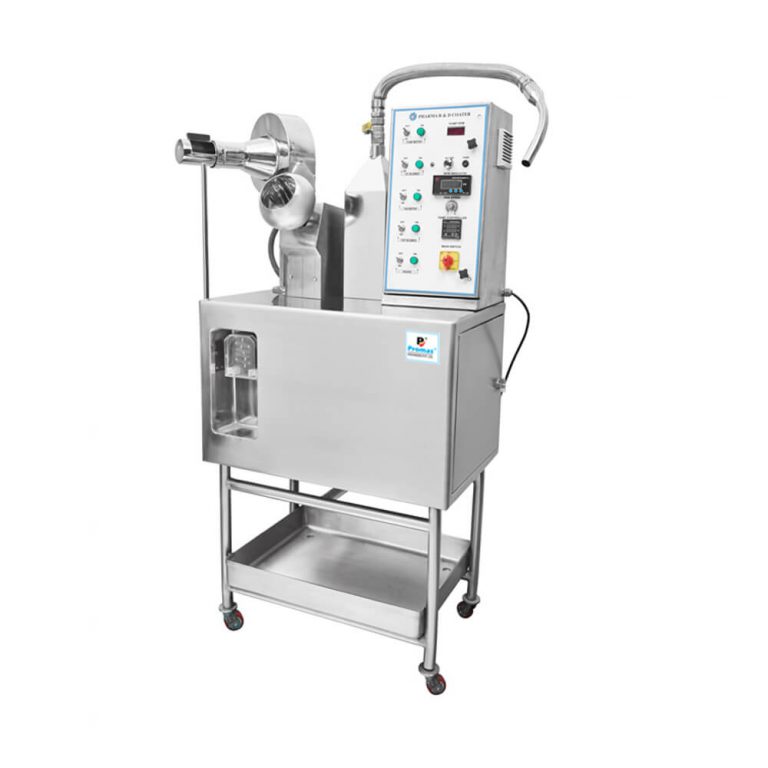Butterfly valve technology and industry popularity have advanced substantially over the last half-century. This growth can be attributed in part to the quarter-turn operation, quick shutoff, and availability of a variety of construction materials. Butterfly valves were initially used in water applications, but new designs and component materials have allowed them to be used in a growing number of industrial fluid applications. It is now found in almost every chemical plant and that handles a wide range of fluids.
The butterfly valve can provide on-off or modulating service. Actuation is usually implemented either manually (via a handle, wrench, or gear operator) or automatically via an external power source. Butterfly valves have many advantages over other types of valves, including an inherently simple, economical design with fewer parts, making butterfly valves easy to repair and maintain. The wafer-shaped body and lightweight save money on the initial cost of the valve as well as installation costs.
Basic Components listed below:
It is made up of only four main parts: body structure, disc, stem, and seat.
Butterfly valve structures are typically designed to fit between two pipe flanges. The two most common body types are lug and wafer. Protruding lugs on the lug body provide bolt holes that match those on the pipe flange. There are no protruding lugs on a wafer body. The wafer valve is combined between the pipe flanges, and the flange bolts completely encircle the body.
The stem of the butterfly valve could be one-piece or two pieces (split-stem). Most resilient seated designs protect the stem from the media, allowing for an efficient material selection in terms of cost and mechanical properties. The stems in high-performance designs come into contact with the media and must therefore be compatible as well as provide the necessary strength for seating and unseating the disc from the seat.
A resilient-seat butterfly valve’s seat provides shutoff through an interference fit between the disc edge and the seat. The seat can be made of a variety of elastomers or polymers. The seat can be bonded to the body, pressed, or locked in place.
The shutoff in high-performance butterfly valves can be provided by an interference-fit seat design or a line-energized seat design, in which the pressure in the pipeline is used to increase the interference between the seat and disc edge. Because of its greater compatibility and temperature range, polytetrafluoroethylene or reinforced is the most commonly used seat material.
High-performance butterfly valves with metal seats are also available. These metal seats allow a butterfly valve to be used in temperatures up to 1,000 degrees F. There are fire-safe designs available that shut off a polymer seat valve before a fire, and a metal seal backup provides shutoff during and after a fire.
Flow control involves several different types of valves. They’re utilized for several reasons, comprising phase (liquid or gas), pressure, pipeline constraints, and solids content. Other valves are chosen because they can open and close in a quarter-turn. The butterfly valve is the most commonly used control device among all valve types for plenty of reasons.
Technological advancements, combined with its simple design, have made the butterfly valve a reliable, cost-effective, and versatile solution to a wide range of industrial flow control requirements.




